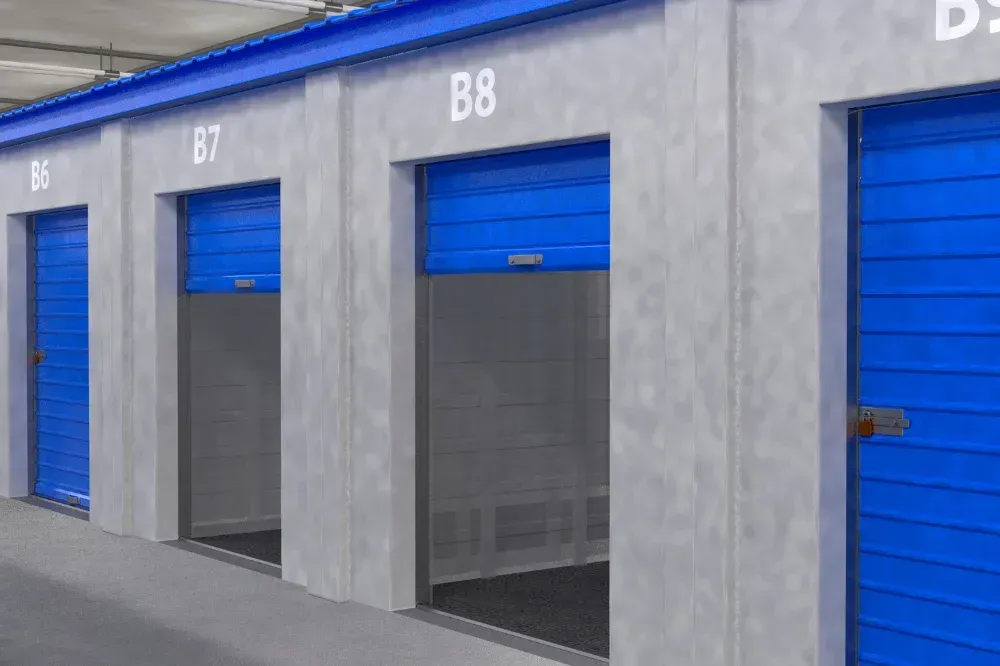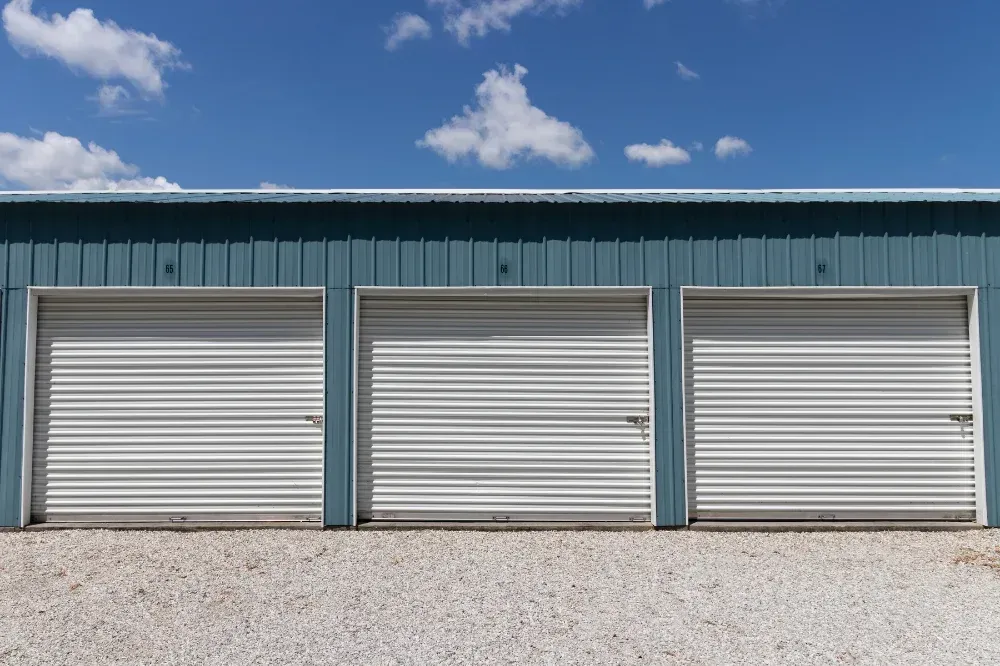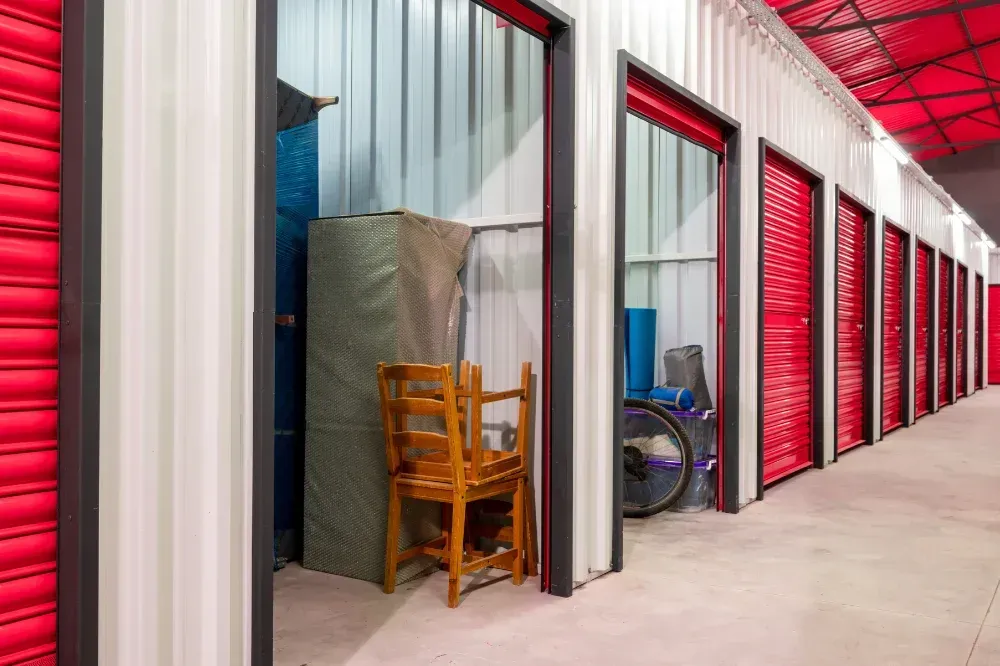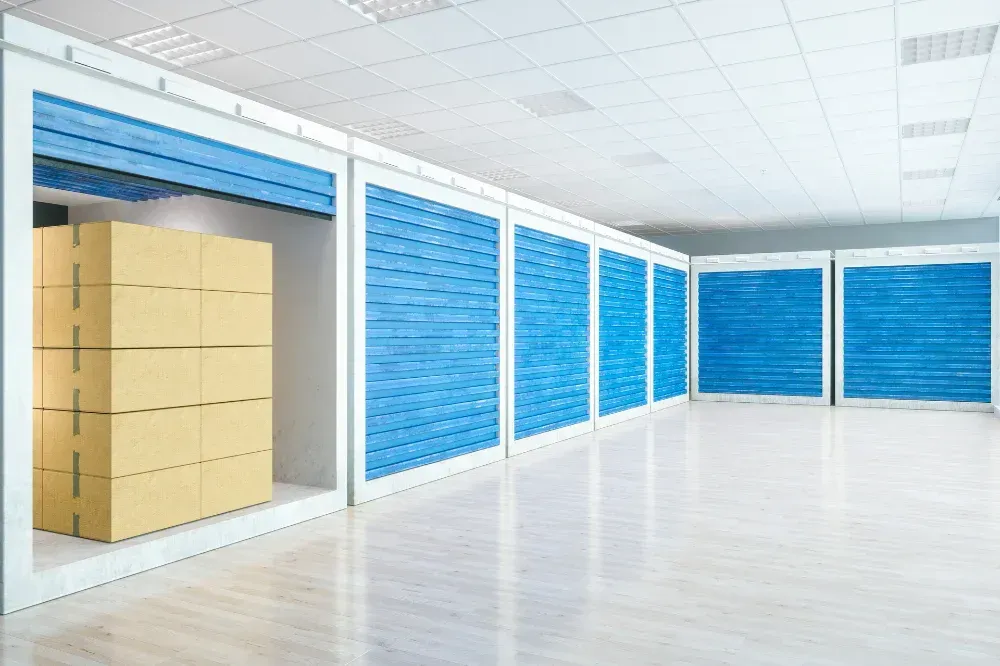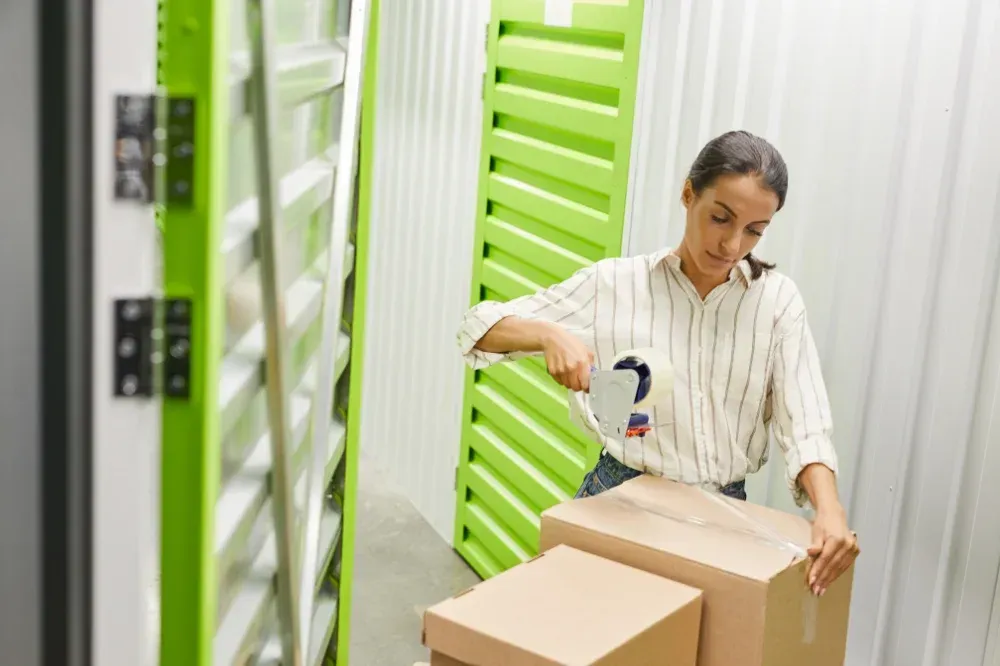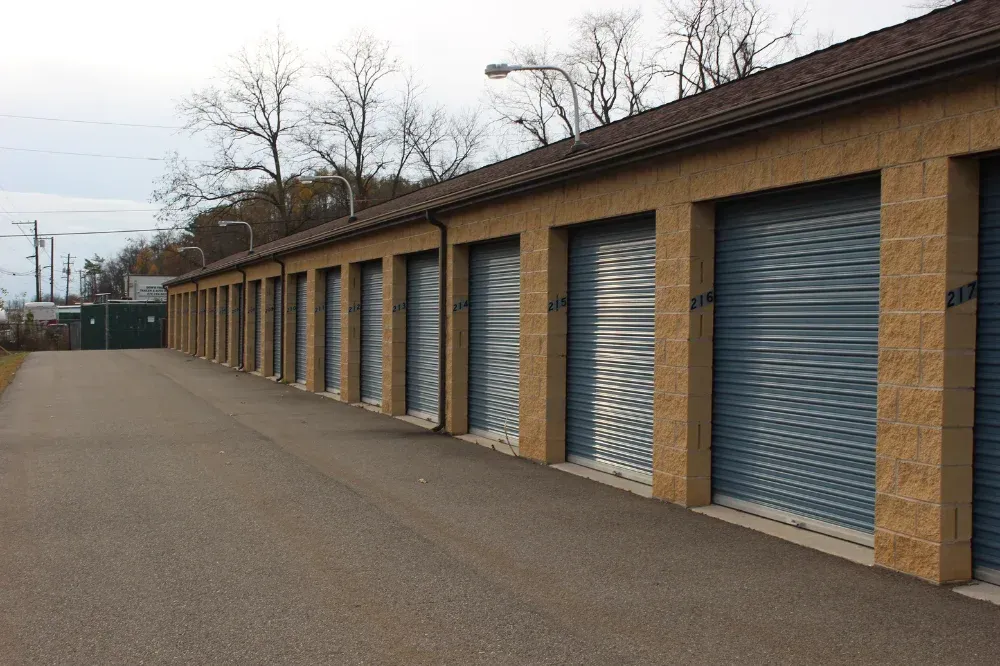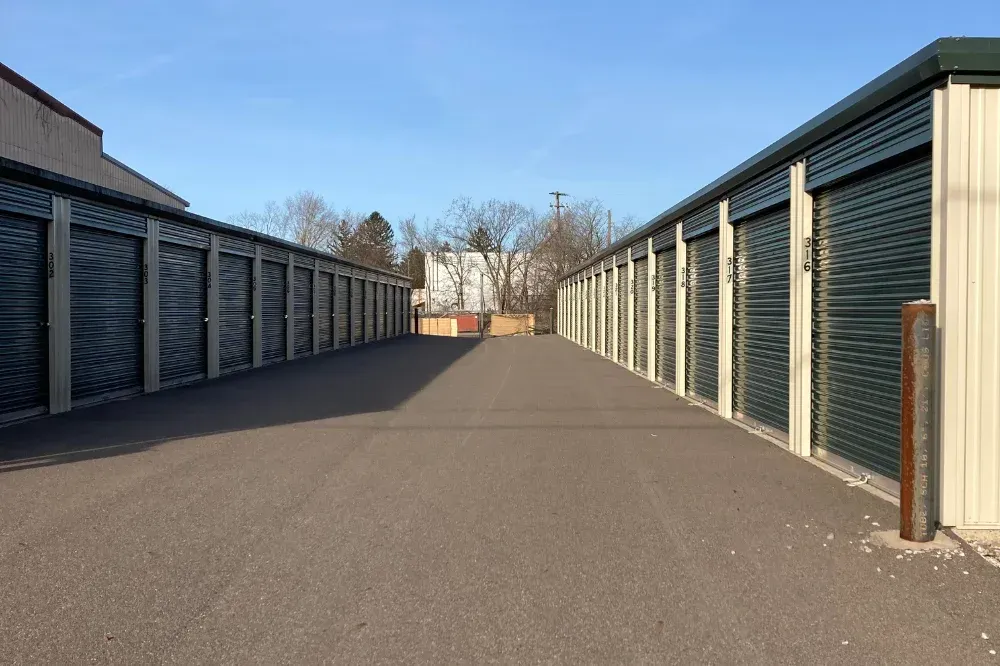Smart Storage Solutions: How to Keep Your Unit Organized and Accessible
Smart Storage Solutions: How to Keep Your Unit Organized and Accessible

Renting a storage unit can be a great way to free up space at home, but without a solid organization plan, it can quickly become chaotic. A well-organized storage unit saves time, protects your belongings, and ensures that everything remains easily accessible.
Why Organization is Key
A clutter-free storage unit prevents unnecessary stress, minimizes damage risks, and helps you maximize space efficiency. Without proper organization, you may struggle to locate important items, waste time digging through boxes, or even end up renting a larger unit than necessary.
Advantages of a Well-Organized Storage Unit
- Saves time – Quickly find and retrieve what you need.
- Maximizes space – Store more items efficiently.
- Protects belongings – Reduces damage risk for fragile or valuable items.
- Enhances safety – Prevents hazards caused by unstable stacks or blocked pathways.
Choosing the Right Storage Unit for Your Needs
Before you begin organizing, it's essential to select the right storage unit.
Assessing Your Storage Needs
Determine what you’ll be storing and how often you’ll need access. Are you keeping seasonal decorations, furniture, business inventory, or personal documents? Understanding your needs will help you choose the most suitable unit.
Picking the Right Size
Storage units come in various sizes, from small lockers to spacious garage-sized areas. If you only need to store a few boxes, a compact unit will suffice, but for furniture and large items, a bigger unit is necessary. Create an inventory list and estimate your required space before renting.
Climate-Controlled vs. Standard Units
For items sensitive to temperature and humidity—such as electronics, documents, or antiques—a climate-controlled unit is ideal. These units help prevent moisture buildup, mold growth, and damage from extreme temperatures. For general household storage, a standard unit is usually sufficient.
Designing an Efficient Storage Layout
Once you’ve chosen your unit, planning your layout ensures accessibility and maximizes space.
Creating a Layout Plan
Sketch a simple diagram to plan where items will go. Keep frequently used items near the front and place less-used belongings toward the back.
Grouping Items by Category
Organize items into categories such as holiday decorations, kitchenware, office supplies, or tools. Clearly labeled boxes will save time when searching for specific items.
Leaving an Access Path
Always maintain a clear walking path inside the unit. Avoid stacking items too tightly, and leave enough space between boxes and furniture for easy navigation. A central aisle can make retrieving items much easier.
Essential Storage Supplies for Better Organization
Investing in the right supplies can help maintain an orderly storage unit.
Sturdy Boxes and Plastic Bins
Durable storage bins protect items from dust and moisture. Plastic bins are particularly useful for long-term storage, while heavy-duty cardboard boxes work well for general use.
Shelving Units
Freestanding shelves allow for vertical storage, making the most of your space while keeping frequently used items accessible.
Labels and Markers
Use clear labels on all boxes to avoid unnecessary searching. Consider color-coded labels to organize items by category for added convenience.
Furniture Covers and Bubble Wrap
Protect furniture and delicate items with covers, plastic wrap, or bubble wrap. This prevents damage from dust, scratches, and potential moisture exposure.
Efficient Packing and Labeling Strategies
A properly packed and labeled storage unit saves time and reduces frustration.
The Importance of Clear Labeling
Mark all boxes on multiple sides for easy identification. Using bold lettering and listing contents on the label can be a big help when retrieving items later.
Using a Color-Coded System
Assign colors to different categories for quick recognition:
- Red – Holiday decorations
- Blue – Office supplies
- Green – Household items
- Yellow – Kitchenware
Maintaining an Inventory List
Create a written or digital inventory of stored items. This can be a simple spreadsheet, a notebook list, or even a storage app with photos of each box’s contents.
Maximizing Storage Space Efficiently
To make the most of your storage unit, optimize how you use available space.
Installing Shelving for Vertical Storage
Shelves prevent clutter and improve access to smaller items, reducing the need for heavy stacking.
Stacking Boxes Safely
Stack boxes in a sturdy, stable manner. Use a brick-layer pattern rather than piling them in a single column to improve balance. Always place heavier boxes at the bottom and lighter or fragile items on top.
Storing Large Items Strategically
Disassemble furniture when possible and store pieces vertically against the walls to save floor space. Heavier items, like appliances or furniture, should be placed near the bottom for stability.
Protecting Fragile and Valuable Items
Extra care is needed for delicate and high-value belongings.
Properly Wrapping Fragile Items
Use bubble wrap, packing paper, or foam padding to cushion delicate items. Store them in sturdy, cushioned boxes and clearly mark them as "FRAGILE."
Climate-Controlled Storage for Sensitive Items
Electronics, artwork, antiques, and musical instruments benefit from climate-controlled storage to prevent warping, mold, and deterioration.
Keeping Important Documents Secure
Store legal papers, passports, and business records in waterproof, fireproof document boxes. For added security, consider keeping digital backups.
Easy Access for Seasonal and Frequently Used Items
Some items, such as seasonal decorations or sports gear, require easy access at specific times of the year.
Storing Seasonal Items Smartly
- Use clear plastic bins for quick identification.
- Label boxes with both the season and contents (e.g., “Winter – Holiday Lights”).
- Stack the current season’s items at the top for convenience.
Placing Frequently Used Items Near the Front
Store regularly accessed items—such as tools, camping gear, or business inventory—close to the entrance for easy retrieval.
Keeping Your Storage Unit Organized Long-Term
Ongoing maintenance prevents clutter from building up over time.
Regular Check-Ups
Periodically visit your storage unit to:
- Inspect for moisture, pests, or damage.
- Ensure all labels remain visible and intact.
- Reorganize as needed for easier access.
Rotating Stored Items
Use a First-In, First-Out (FIFO) system for items that require rotation, such as seasonal clothing or business inventory.
Updating Labels and Inventory
As you add or remove items, update labels and inventory lists to maintain organization.
Avoiding Common Storage Mistakes
Many people make errors that lead to disorganization or damage. Avoid these pitfalls:
- Overpacking the Unit – Cramming too much can make it difficult to find items and lead to damaged boxes.
- Skipping Proper Labeling – Without clear labels, searching for specific items becomes frustrating.
- Ignoring Climate Considerations – Some items require climate control to prevent deterioration.
Final Thoughts
By following these storage organization tips, you can keep your unit neat, efficient, and easily accessible. A little effort in planning and maintenance will save you time and frustration in the long run, making your storage space work smarter for you.

